While driving from Jaisalmer to Kuldhara or anywhere toward the dunes, you will come across gigantic windmills that make for a very dramatic scene. And one can never click enough pictures of this spectacular landscape.
Upon doing some research it turned out that these windmills are part of one of the many wind farms around Jaisalmer. The biggest of these wind farms is the Jaisalmer Wind Park, which was developed by Suzlon Energy.
The current capacity of the Jaisalmer Wind Park is 1300MW and it has all the models of Wind Turbines developed by Suzlon so far, 350 kW model to S9X – 2.1 MW one. Jaisalmer Wind Park is the second largest onshore wind farm in India and the fourth largest in the world.
Apart from Suzlon, other developers too have created several wind farms in the area. Some of the other developers are Hindustan Petroleum Corporation Ltd, Bhoruka Power Corp Ltd, Gamesa. Some of these use turbines manufactured by Suzlon, while others such as Gamesa, use their own turbines.
Wind energy is one of the green sources of energy, but is grossly underutilized. Not only do these wind turbines look beautiful, they also help in generating electricity. So then why aren't there more of these all across the world?
And there is a very logical explanation to this - "wind power is considered to be an intermittent energy source, that is to say a source for which output is driven by environmental conditions mainly outside the control of the generators or the system operators. The inflexibility, variability, and relative unpredictability of wind power as a means for electricity production, are the most obvious barriers to an easy integration and widespread application of wind power." This is cited from P. J. Luickx, E. D. Delarue, and W. D. D'haeseleer, "Considerations on the Backup of Wind Power: Operational Backup," Appl. Energy 85, 787 (2008).
At a place like Jaisalmer, there would be long periods of time when the wind would be blowing continuously and at a considerable speed. So it makes sense for corporations to develop wind farms here. But it might not be the same at other places. So setting up wind farms everywhere may not give a good ROI.




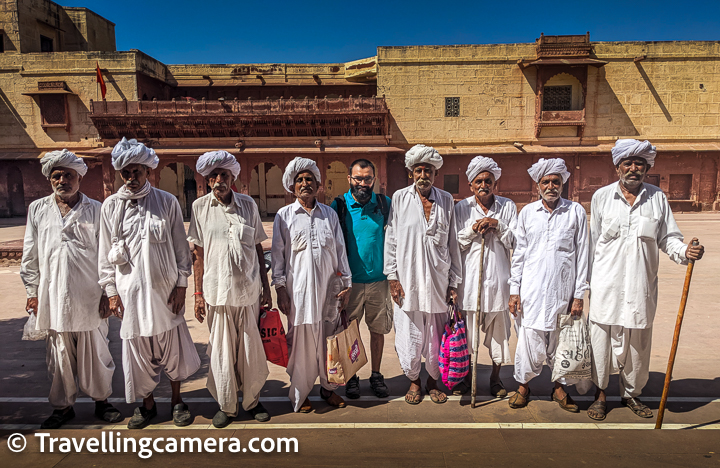







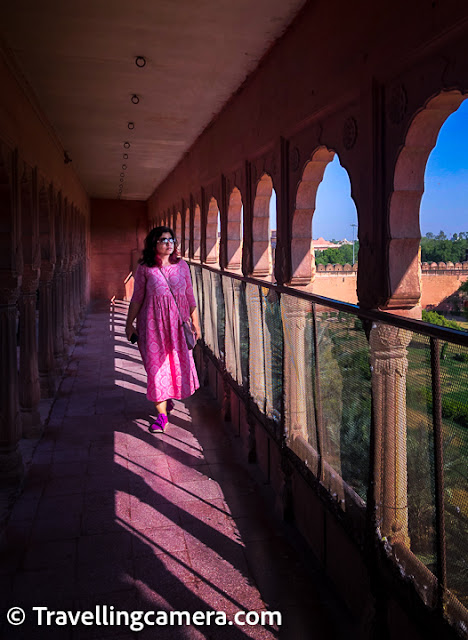

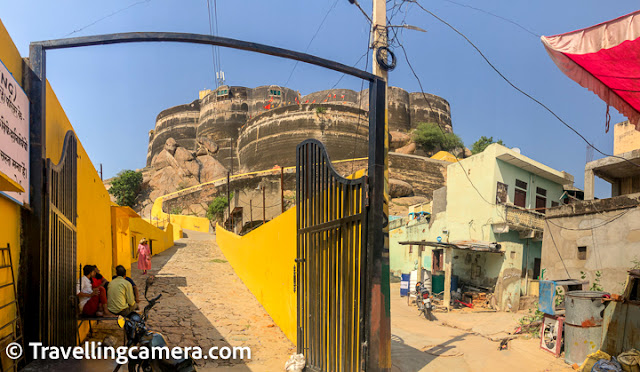

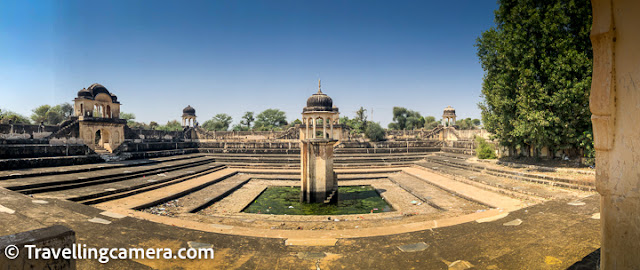


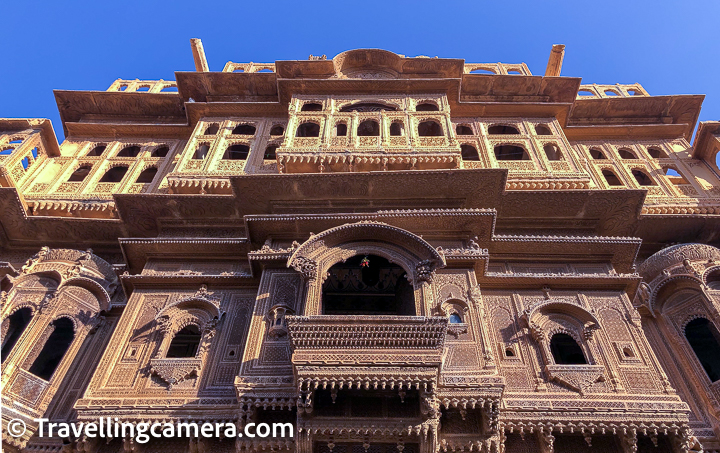



.jpg)
Comments